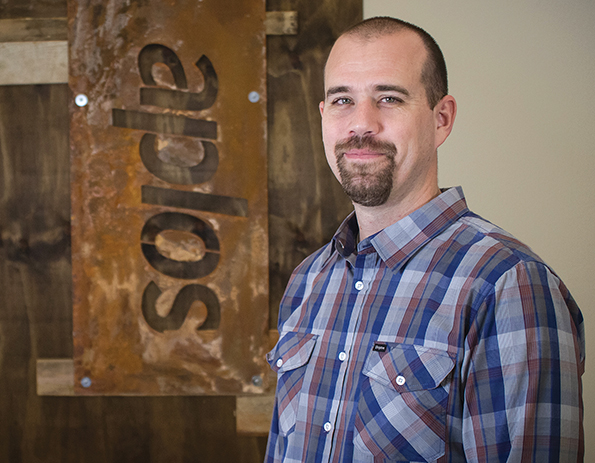
Q: Generally speaking, do you feel most church leaders use their ChMS to its maximum advantage when trying to determine where they should open a new multisite campus, or campuses?
Goetz: For the most part, I don’t believe they do — at least, not to their maximum advantage.
Q: What do you think is holding them back?
Goetz: Churches are generally phobic about projecting income, especially with deciding when and where to open up a new multisite church. It’s the idea that ‘God will provide us with what we need,’ so it’s often left at just that.
While I certainly don’t disagree with this theologically, church leaders should lean more on budgeting and planning accordingly with proper accounting and ChMS tools.
Also, church planning of multisites often dictates a three-year path to sustainability, with the main campus funding the multisite 100 percent for the first year, 50 percent for the second year, and, hopefully, leaving them on their own by the third year. This conventional way of thinking is shared broadly among many churches and often prevents them from leveraging church management software to help with the important planning that should happen.
Instead of thinking how the main campus is going to keep the multisite location afloat, the multisite location should be doing tithe projecting and using tools to help them determine — beforehand — how the campus can support itself before it’s opened.
Q: In what ways has your software program been enhanced to help churches practice smarter expansion?
Goetz: We allow organizations to pull financial statements by fund or location. Many multisites begin meeting as a campus before the campus actually launches (at a house or a town hall meeting), and then they start tithing before the campus launches. This helps them practice better budgeting to prepare for the expansion, and our software allows for them to pull reports to make smarter decisions about the expansion.
Prior to launching Aplos in 2009, I was an executive pastor at a large multisite church in Fresno, Calif. When we were opening multisite campuses, the ability to pull statements by fund or location didn’t quite exist in other software. So, we built it into ours.
Expansion-friendly ChMS functions
• Personalize your church’s accounting and track true financial health across your church
• “Slice and dice” your financial reporting to see the exact data you need across your funds, departments, projects and locations. (examples: the costs of your children’s ministry across each of your campuses; expenses of your mission fund by project) Go as high-level or as granular as necessary.
• Monitor the financial health of each campus, department and ministry
• Create budgets and custom tags to track the most important areas of your organizations.
• Then, label your transactions for more flexible reporting, while maintaining impeccable fund accounting.
Source: aplos.com/advanced-accounting/multisite-church-software
Q: When deciding where to open a new multisite campus, what key questions should a church leader seek to answer using the ChMS data on hand?
Goetz: (1) Do we have people that will attend this multisite? (2) Is there a clear missional value to the multisite we’re going to open? What is it? (3) How big should the budget be?
To find this data, a church leader can set budgets and income statements by location. If they’re holding town hall meetings prior to launch of the multisite, all this data would presumably be documented in the software.
If not, they can collect it using church-wide surveys, individual surveys, and data collection from town hall meetings.
Q: After a new multisite location is up and running, how can ChMS come alongside church leaders to help manage that location?
By producing the locations-based financial statements so that church leaders know when that site needs to expand, when to hire the next person, when to consider building needs, and so on.
If you’re not tracking by location, you don’t know if you’re spending too much money for what that that campus can afford. Use the data to determine how healthy the campus is, financially.
— Reporting by RaeAnn Slaybaugh


